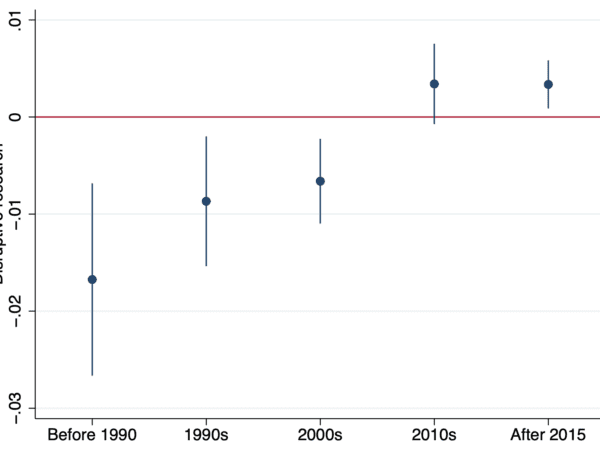An evolution of the Outsourcing Business model
GigsBoard is introducing a new Work performance framework to the world: Moving Outsourcing to the Cloud.
The first (introduction) part of this Blog post can be accessed here.
This Blog post forms the second part of this article, and sets the backdrop for the next part, which would delve deeper into how traditional Outsourcing can evolve, by leveraging the expanding reach of Cloud computing and the Digital enterprise.
The concluding part of this Blog post dives deeper into how Outsourcing via the Cloud can be better leveraged by the smaller businesses and niche services agencies to deliver better, faster, and more cost-effectively – truly democratizing the outsourcing business model.
How is Knowledge work-related projects performed, traditionally?
Performance of Knowledge work projects/ activities may be broken down into two distinct parts:
- Forming/ Building the team, and then
- Work performance, which may include several of the following: scope definition, solution definition, project plan definition, cost estimation, components definition, solution development, validation, and deployment.
The strategies used for by Businesses for their Projects team formation are:
- In-house hiring.
- Outsourcing to an Outsourced Service provider.
- Contracting via Freelancing platforms.
The Performing teams may use a variety of tools for the Project Work performance:
- Requirement management tools, like: Confluence, Jira, etc.
- Project management tools, like: Trello, Wrike, Asana, Jira, etc.
- Collaboration tools, like: Slack, Microsoft Teams, etc.
- Delivery/ Defect management tools, like: Bugzilla, Rollbar, Jira, etc.
- Time management tools, like: Mavenlink, Timely, Jibble, etc.
- Accounting tools, like: Quickbooks, Zoho Books, Quicken, etc.
- Plus, a multitude of other tools for activities like: Procurement, Hiring, Resource management, Staff performance management, etc.
For efficiency, these tools have to either be integrated with one another, or the data from the tools have to be carried over, so that data integrity is achieved.
What are the typical process flows used in Outsourcing ?
Outsourcing traditionally follows one of the following paths:
- Large Enterprise Outsourcing, or
- Small Business Outsourcing.
- Large Enterprise Outsourcing using large Outsourcing vendors:
- Business Customer floats an RFP (Request for Proposal)
- Outsourcing Service Providers submit their competitive Proposals
- Business Customer compares all Proposals, performs shortlisting
- Business Customer finalizes Contractor
- Business Customer performs negotiations, Job award
- Both parties engage in Contract
- Outsourcing Service Provider forms the Execution team, identifies Project Manager
- Execution PM implements the Management system – Governance mechanisms, Reports, Meetings, Key points of contact, etc.
- Contract execution is commenced.
- The Governance mechanism is used to communicate project status & help needs between the Execution team & the Business Customer team.
- Invoicing & Payments follow the contractually agreed milestones.
- Small Business Outsourcing using small Outsourcing firms/ agencies:
- Key Account Managers search for, identifies, and conducts vetting of local or offshored Agencies with specific Offerings/ Skills.
- Key Account Managers establish relationships with Business Customers.
- Business Customers discuss Project opportunities with Key Account Managers.
- Key Account Managers discusses/ negotiates with selected Outsourcing Agency, and finalizes agreements.
- Key Account Manager submits Proposal to Business Customer.
- Business Customer negotiates, and then conducts Job award.
- Key Account Manager signs Contract with Business Customer, and then a Back-to-Back Contract with the Outsourcing Agency, with corresponding Penalty clauses.
- Outsourcing Agency forms the Execution team, identifies Project Manager
- Execution PM implements the Management system – Governance mechanisms, Reports, Meetings, Key points of contact, etc.
- Contract execution is commenced.
- The Governance mechanism is used to communicate project status & help needs between the Execution team & the Business Customer team.
- Invoicing & Payments follow the contractually agreed milestones.



